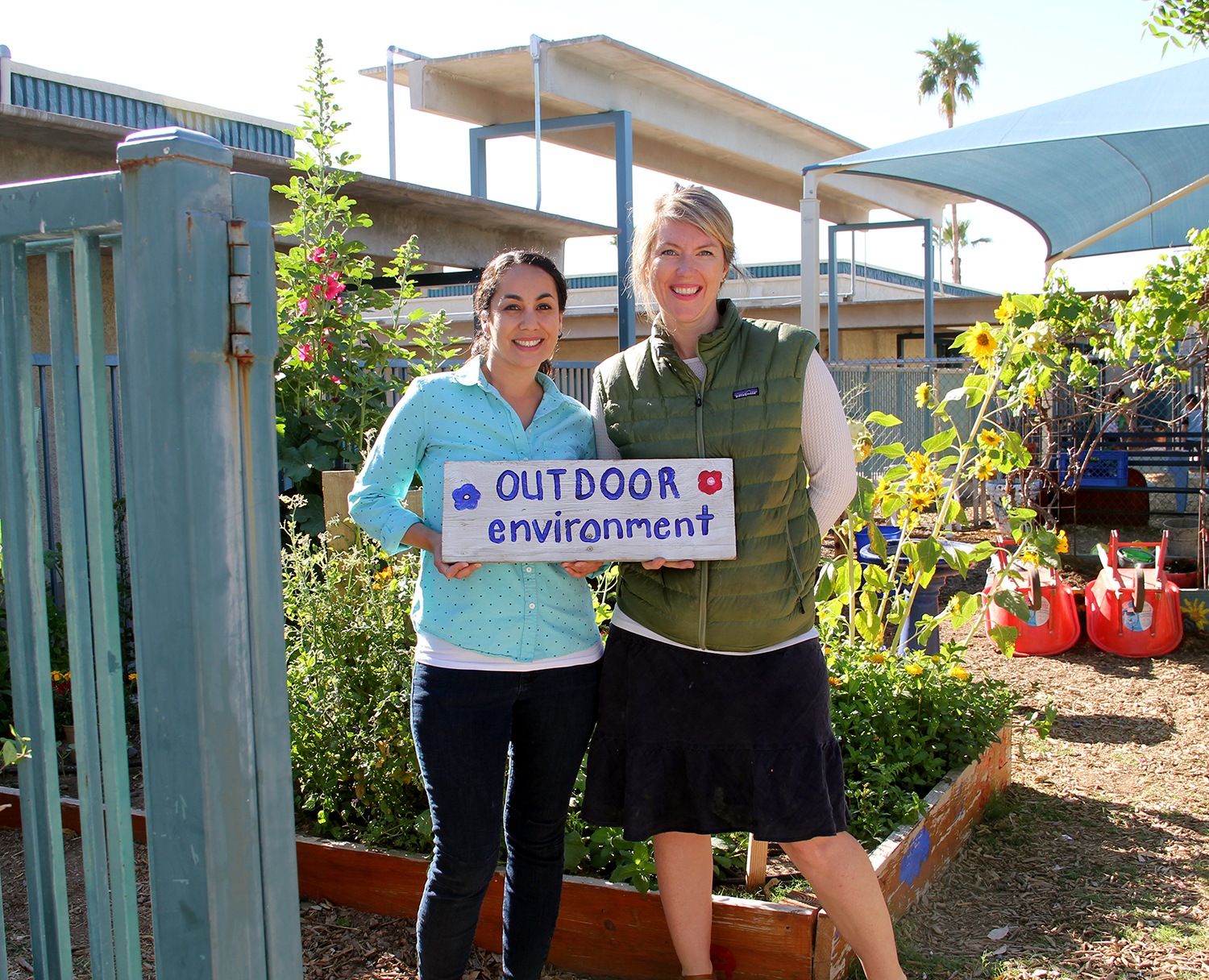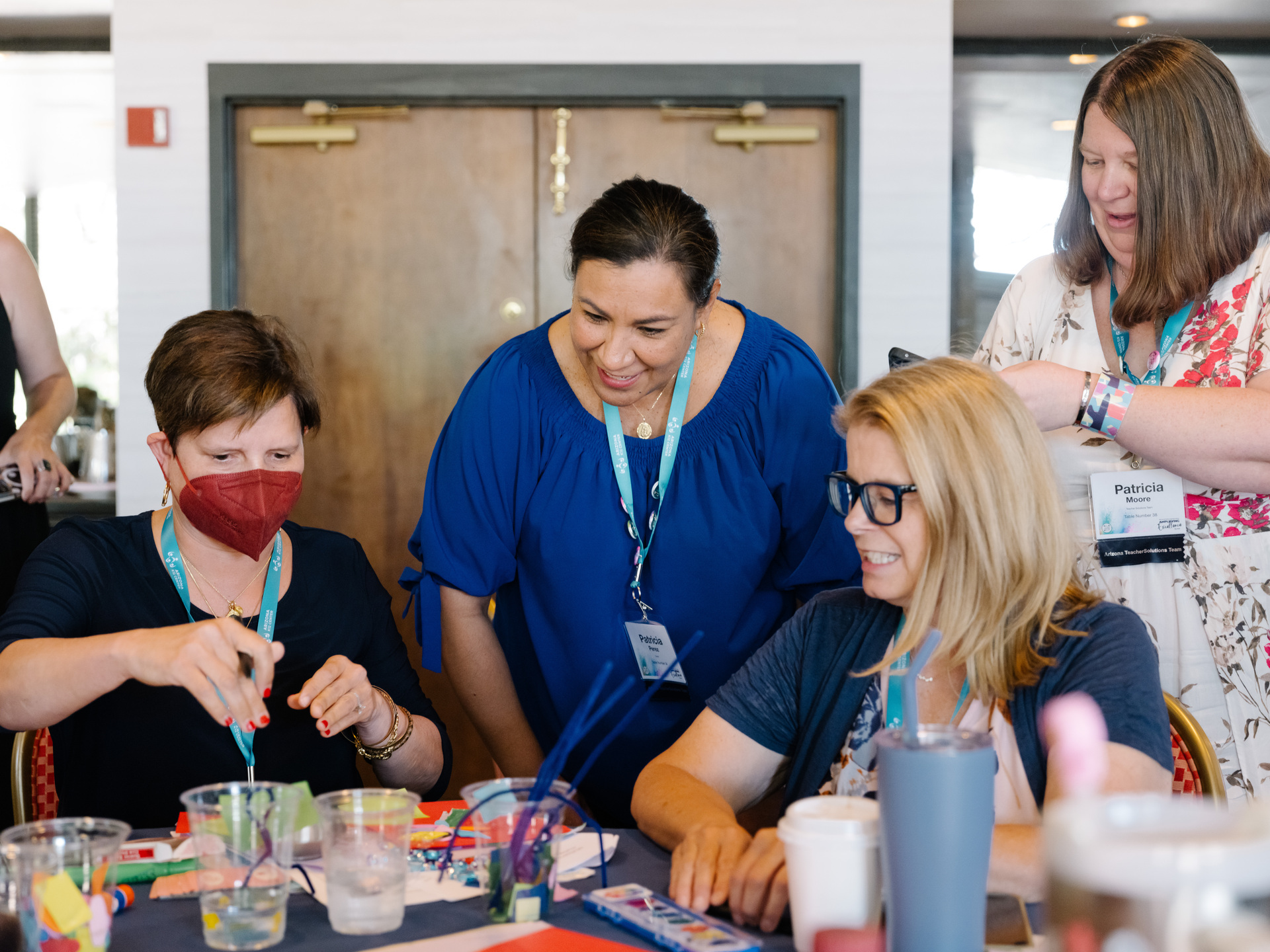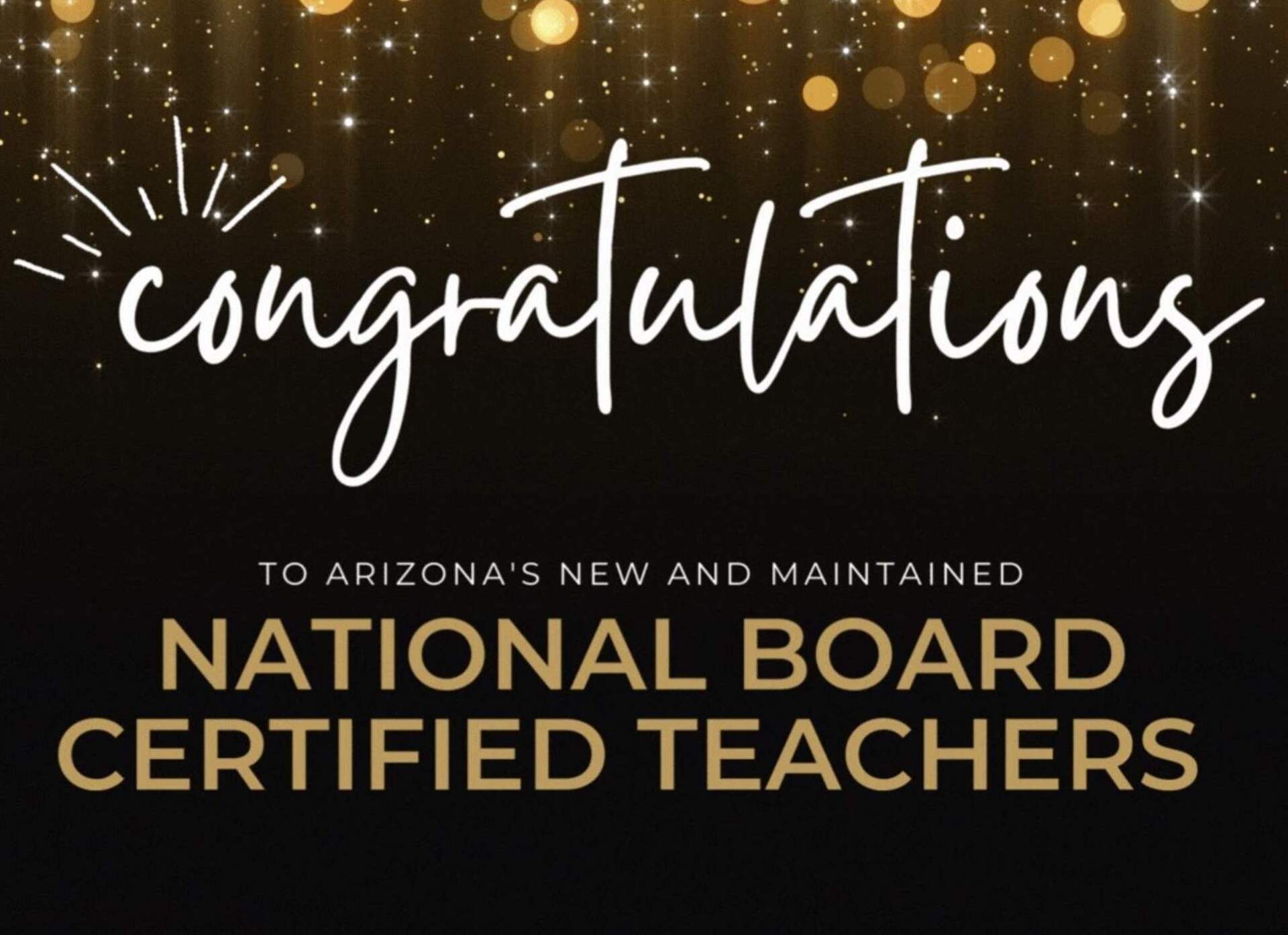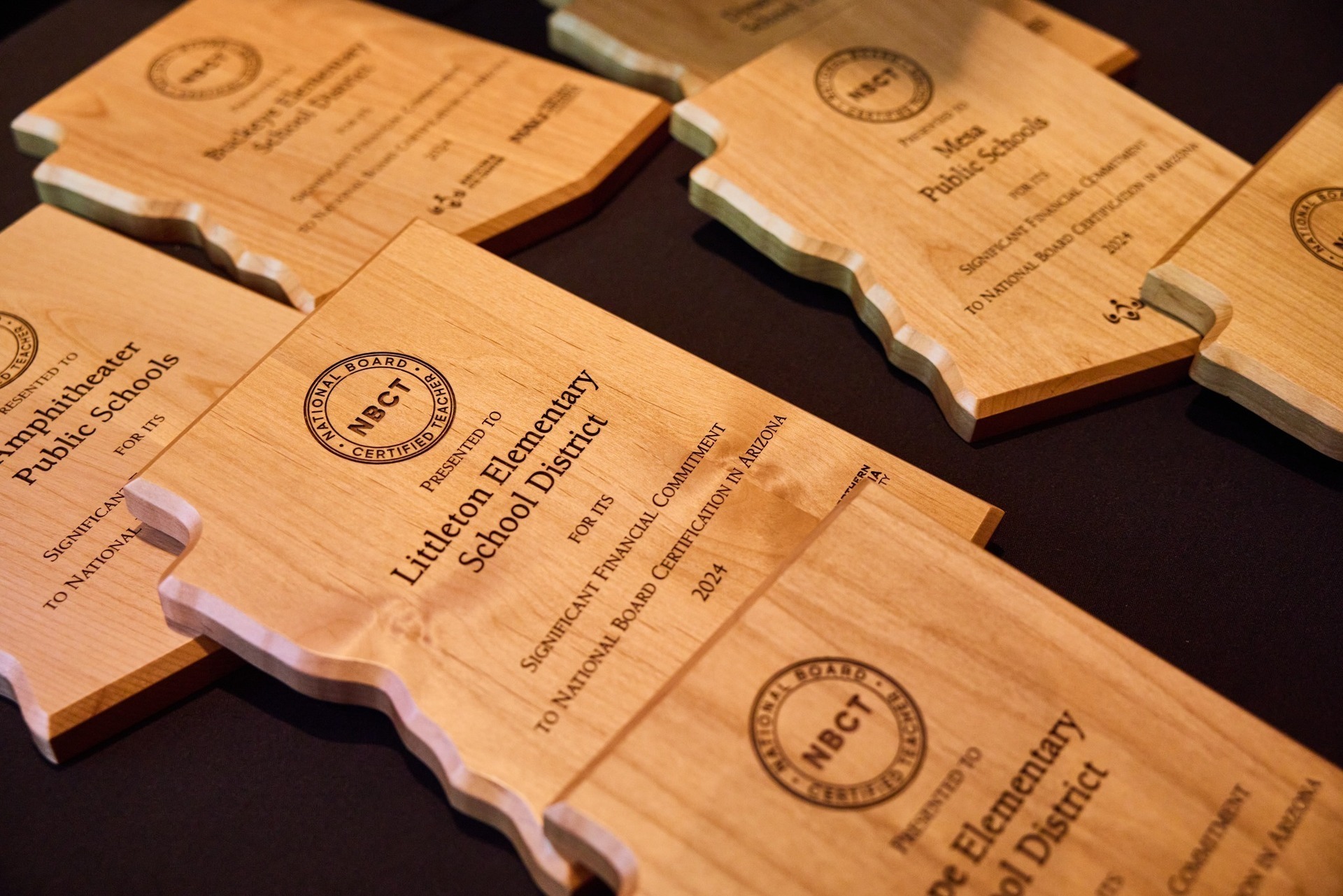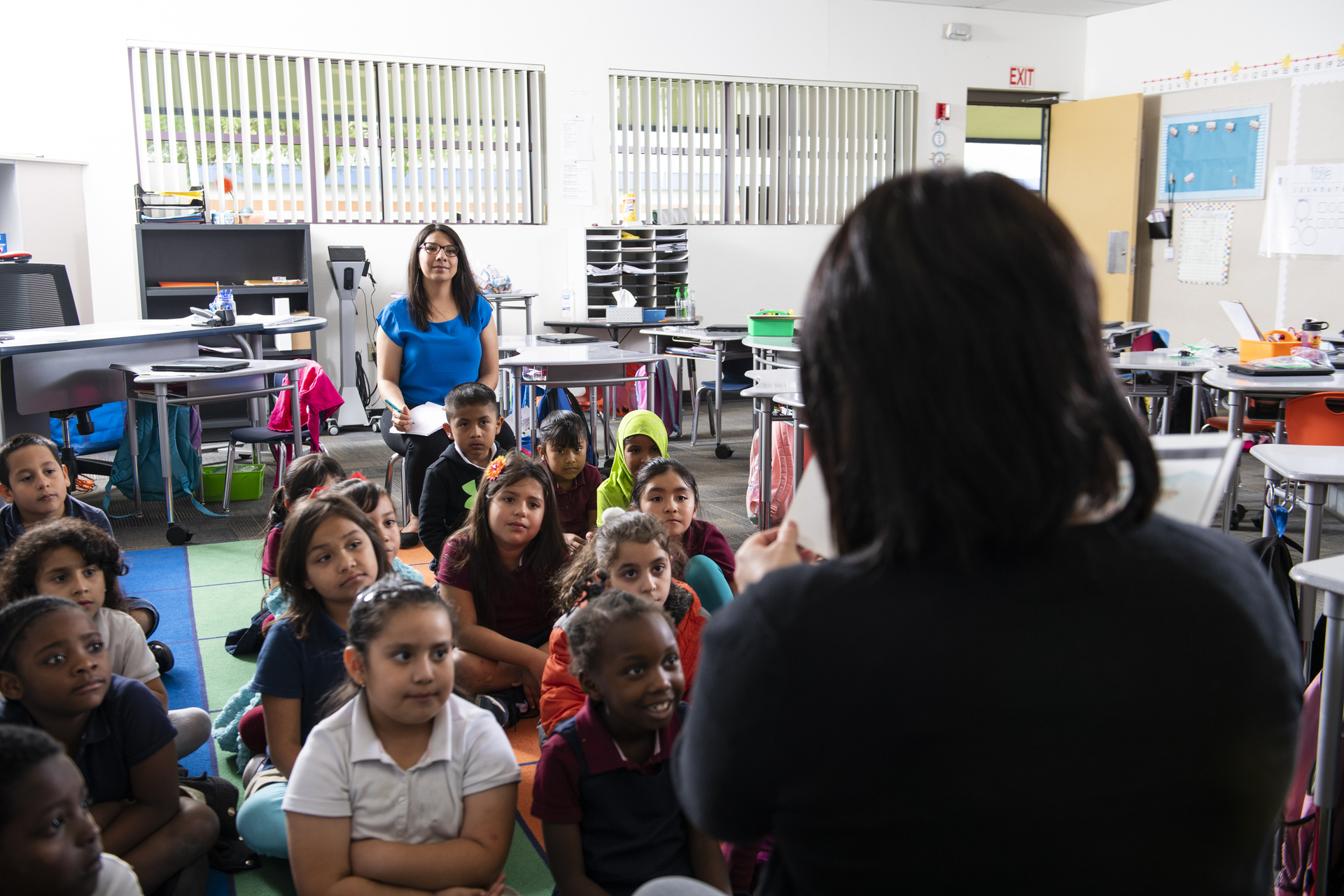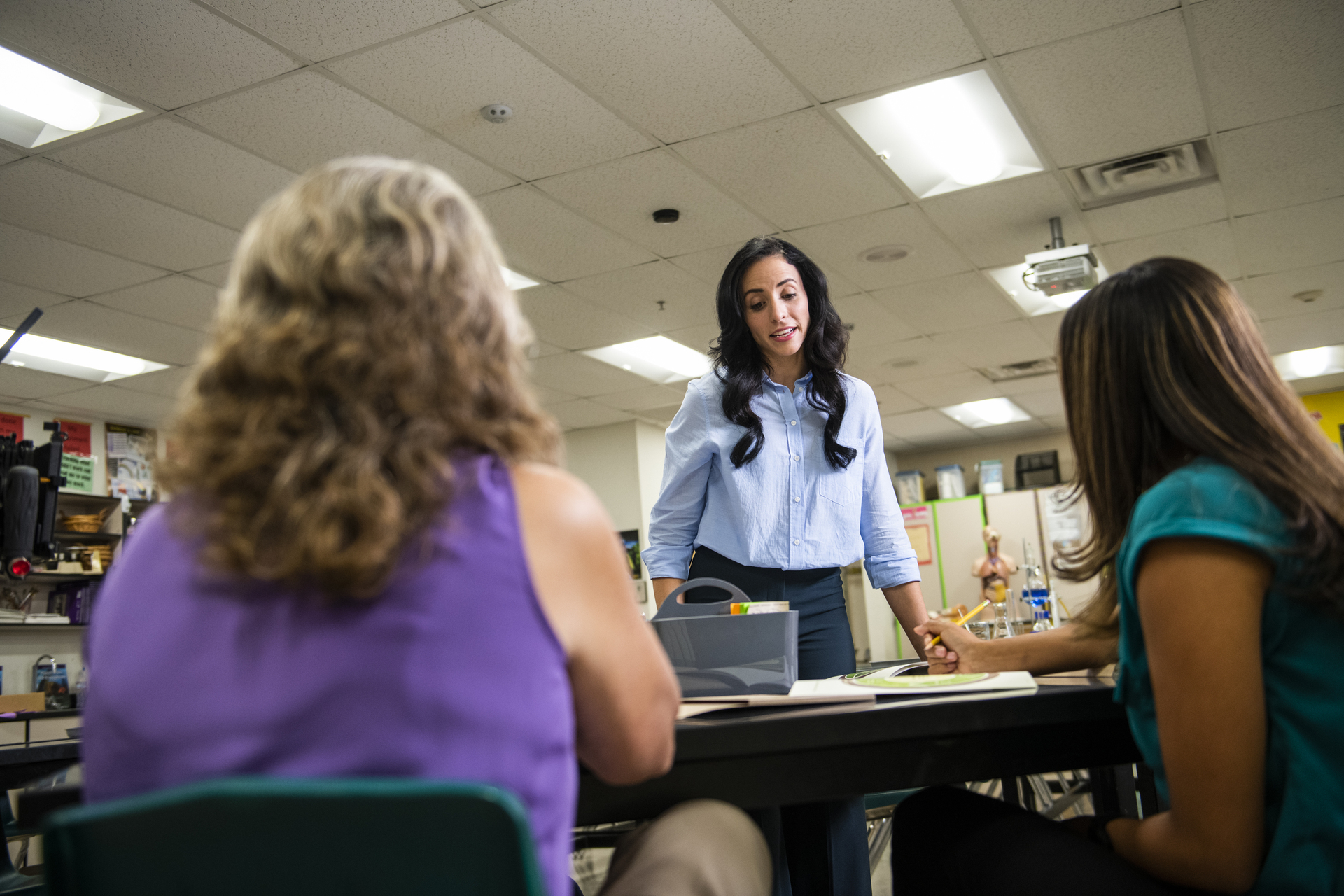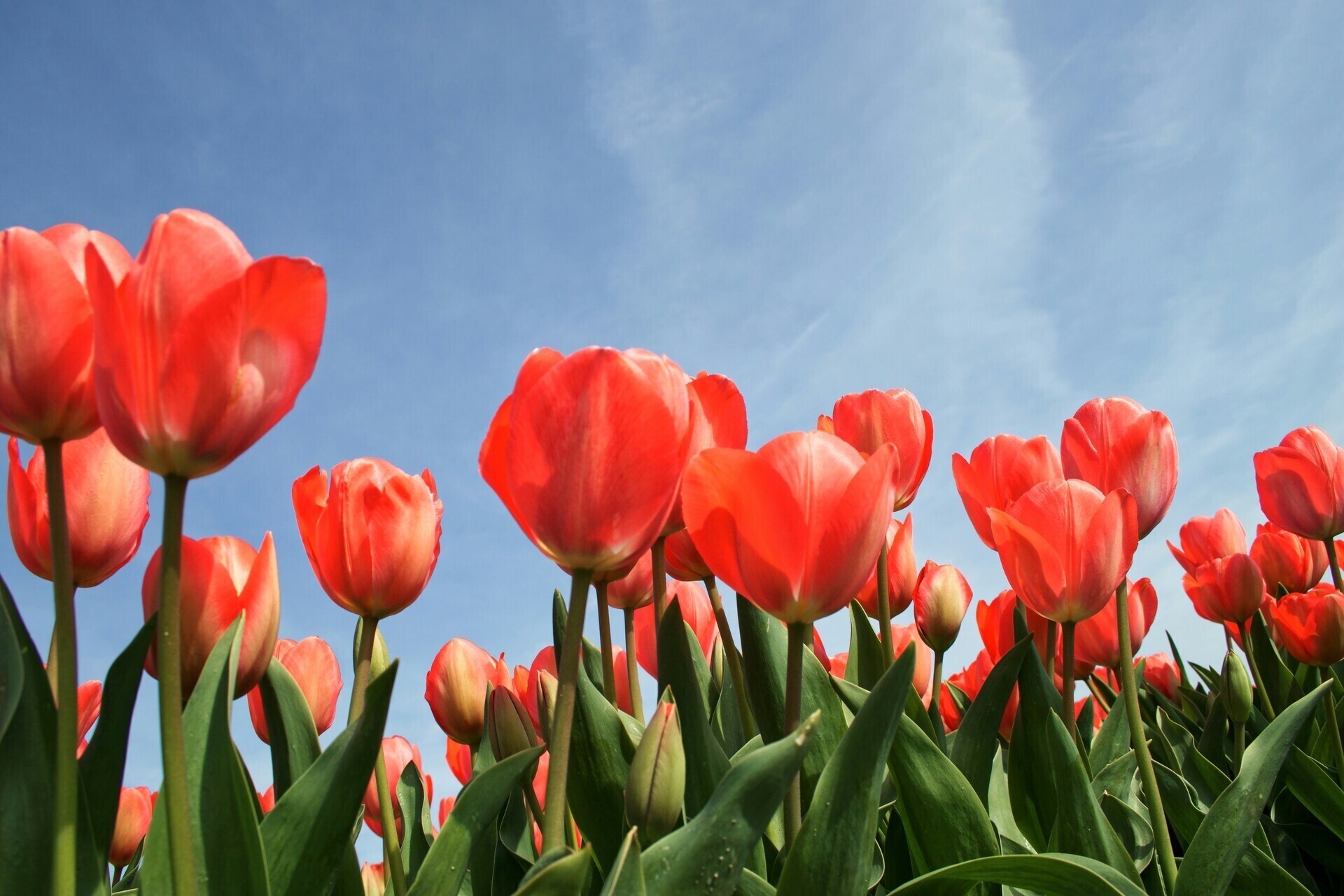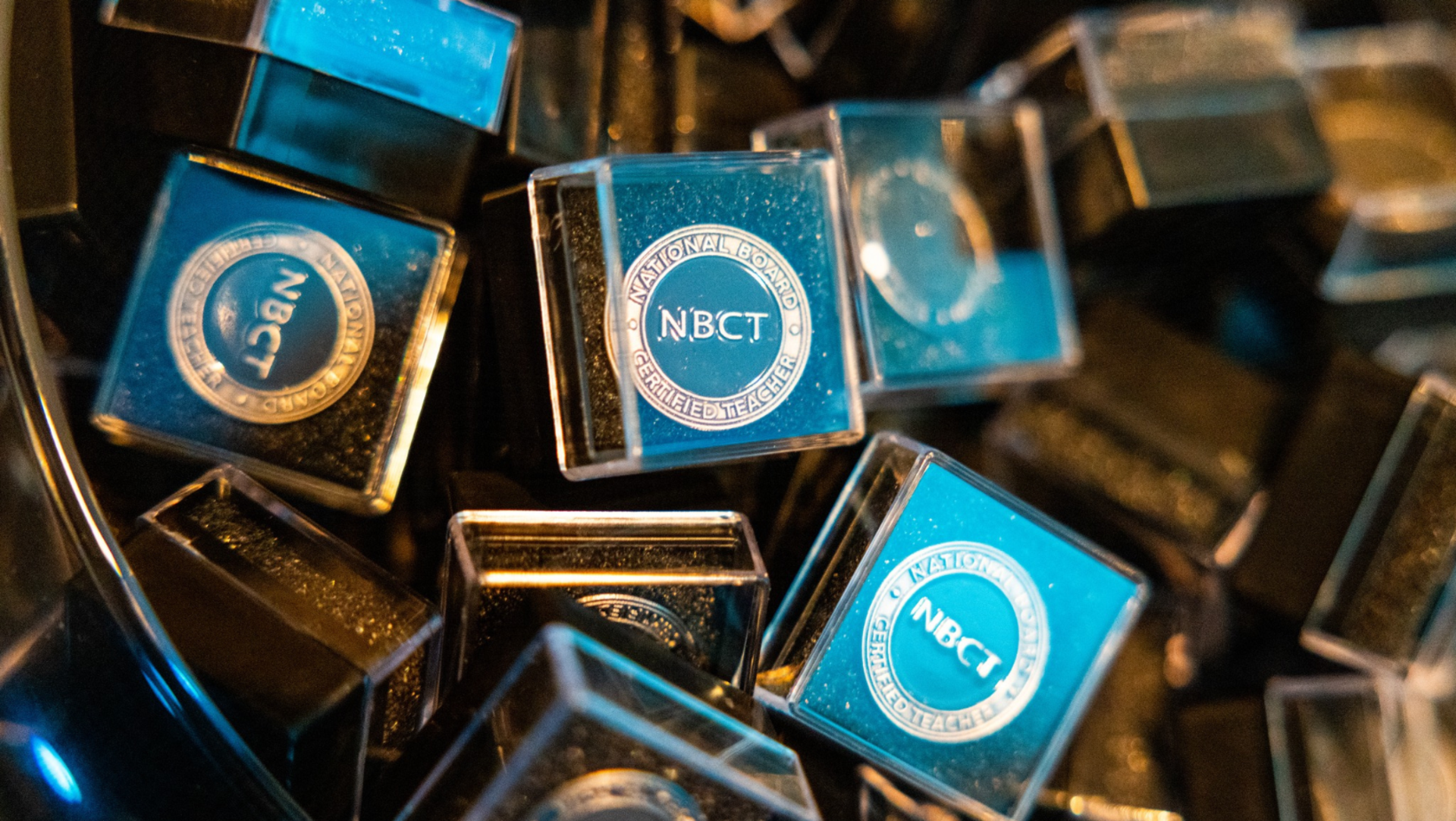March 30, 2016
Get Gardening Now
While the idea of growing a school garden sounds extraneous to some, others find it to be an integral part of student learning. Two Phoenix Elementary School District educators join us for a Q&A to encourage their peers to get growing.
When walking on the campus of the Augustus H. Shaw Junior Montessori Elementary School, you’ll find a garden that spans the size of two large classrooms. Although it might seem ambitious to involve students in a robust outdoor project that requires growing plants and taking care of animals, the learners on this campus are doing that (and more!) with the help of the Outdoor Environment Teachers, Cristina Celaya [CC] and Lauren Kutsko [LK].
How does a school garden enhance student learning?
LK: You can think of the garden area as more of an extension of the indoor classroom. All our work is mostly geared toward gross and fine motor skills. We have many outdoor works like crushing eggshells for the compost, grating sidewalk chalk to make paint, planting seeds, feeding the bunnies, digging holes to oxygenate the ground, and watering the plants. In our methodology, everything the child does has a functional purpose that connects them to care and respect for their world.
CC: Gardening truly does impact student learning by giving students opportunities to not only learn about the natural world but by contributing to it as well. We are giving students powerful experiences by doing and just immersing themselves in the process.
Describe your campus garden and the things that go on in the space.
LK: We have six different garden beds and a composting system. Things that are growing now are grapes, pomegranates, peach, fig, succulents, carrots, cilantro, tomatoes, peppers, lettuce, kale, beets, turnips, radish, hollyhocks, calendula, marigolds, petunias, snapdragons, geraniums, chocolate mint, spearmint, lemon balm, purple basil, lavender, rosemary, Texas mountain laurel, bee bush and honeysuckle.
CC: Students dig, plant, water, observe, feed animals, compost, build, communicate, and draw … The list goes on. Then, it's repeated again the next day and the next day.
Maintaining a school garden might seem like a lot of work. Why go to the trouble?
LK: It will never hurt your school to have a place for children to touch, see, taste feel, hear, and hope — even if the garden isn't a gorgeous, magical place. It could just be a simple plot of dirt … The act of planting seeds and plants and watering them is good for our children's minds. Much like we allow them to color and create pieces of art, knowing it will be thrown away tomorrow, it's the important act of creating that engages their minds and elicits excitement to learn more.
CC: As a person who grew up in Phoenix and went to the schools here, I would have loved to learn what I am now, as a child. Learning to identify plants and flowers, how a compost system works … learning how to recycle our food waste and about the needs of living things and how to live in harmony … That’s what it's about. We need to integrate more of it into our schooling. De-stressing and simply breathing in a space like this can do wonders for student learning.
Still not convinced?
Maybe you’d like to start a garden, but are worried about the cost. In times when many schools and districts find money sparse, there’s still a way to make the vision of a garden a reality. For example, seeds are cheap. Plus, many of them can be saved when you consume foods like avocados, peppers, apples, citrus, etc.
Perhaps you’re worried about the time commitment? Kutsko says starting a garden might sound like one more item on your to-do list of a million other things, but it can be as simple as putting one pot outside your classroom door that the kids are responsible for watering.
Need more inspiration? Watch this short video to see why National Board Certified Teacher Molly Reed started a garden at Borton Magnet School in the Tucson Unified School District.
